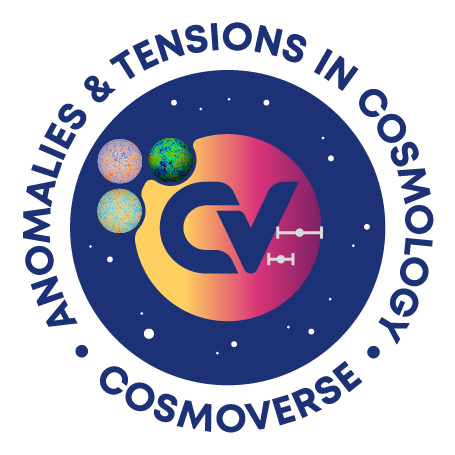Bridging observational cosmology with fundamental physics
The reporting of cosmological surveys depends on Lambda Cold Dark Matter (LCDM) in many circumstances where cosmological parameters are presented. Connecting an improved understanding of cosmology with more complex settings such as nonlinear scale physics and possible sources of systematic uncertainties may shed light on the source of recent cosmological tensions. The tension between reported values of H0 and other parameters may be resolved by a better working model of the underlying physics.
Decoupling data analysis
tools from standard assumptions
Tools for analysing cosmological data depend on standard flat LCDM at many levels, such as for interpreting Baryon Acoustic Oscillations (BAO) data. This makes it difficult to probe other physics in the context of cosmological tensions. Establishing more robust criteria and testing strategies within these frameworks will make the possibility of testing core assumptions and new physics ingredients in the LCDM model more streamlined. The Action will bring researchers together to optimise the adaptability of these tools to allow for new approaches to fundamental physics to be developed, as well as for the testing of base assumptions in cosmology.
Defining observationally driven benchmark criteria for new physics
Challenges to the standard flat LCDM model have come from various directions such as possible departures from flatness at superhorizon scales as well as other possible additional contributors to LCDM. In the context of the numerous surveys currently available, further harmonisation and clarity is needed in establishing criteria on which physical theories should be pursued. Through the networking tools available, CosmoVerse will define and promote these criteria in clearer terms.
Cross-disciplinary exchanges
CosmoVerse will accelerate efforts to confront tensions in cosmological surveys by enhancing the skill set of the next generation of cosmologists through training them in new technologies which rely less on the standard flat LCDM model and open more possibilities for testing new physics. The network will be a catalyst in this ongoing effort, and impact dissemination of this knowledge across Europe.
